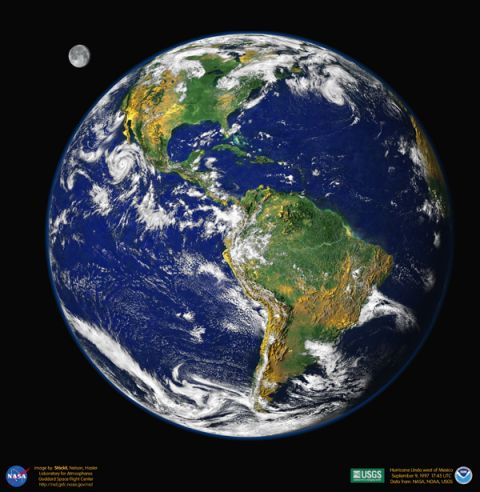 |
Back to my Ocean Literacy Web Page Back to Cynthia Cudaback's Web Page |
 |
In the context of informal education, the National Environmental Education and Training Foundation (NEETF, 2005) lists three levels of knowledge.
The Ocean Literacy consensus defined the nature of ocean literacy and the types of knowledge needed, rather than
the level of understanding (COSEE, 2005; website and
brochure). COSEE defines ocean literacy as understanding how the ocean affects you and
how you affect the ocean, then lists objectives and principles (table).
| Ocean Literacy Definition (COSEE, 2005) | Seven Essential Principles |
|---|---|
An ocean-literate person:
|
1. Earth has one big ocean with many features. 2. The ocean and life in the ocean shape the features of Earth. 3. The ocean is a major influence on weather and climate. 4. The ocean makes Earth habitable. 5. The ocean supports a great diversity of life and ecosystems. 6. The ocean and humans are inextricably linked. 7. The ocean is largely unexplored. |